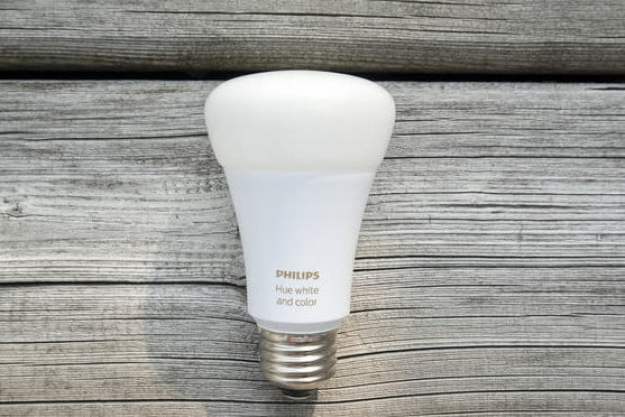For people who live in dry climates or have sinus problems, humidifiers are a godsend. They're also helpful during the winter, ensuring you have enough moisture in your home when you don't want to open a window and let in the cold outside air. But to get the best out of your appliance, you're going to have to clean it often, even if it's one of the best humidifiers.
Keeping your humidifier clean is not only important for its performance, but it's also important for your health. According to the Mayo Clinic, a dirty humidifier can actually be a breeding ground for mold and bacteria, and your machine can even make you sick if it's not properly maintained.
Learning how to clean a humidifier can seem intimidating, but after you figure out the steps, you'll be breathing easy no time. Keep in mind that this is a general outline on how to clean your humidifier. If you have your humidifier's owners' manual, refer to it before you attempt to clean it. Each humidifier will have its own specific steps, and it's important to check with the manufacturer to ensure you're cleaning every nook and cranny.

How to clean your humidifier, step by step
Step 1: Unplug your humidifier. It sounds obvious, but if you don’t want to damage it (or yourself), then you’ll want to make sure it’s unplugged.
Step 2: Clean the filter. Go ahead and remove the humidifier’s air filter. If your filter looks dirty, clean it with cool, clean water. After the filter is completely clean, allow it to sit and fully dry on a clean towel.
Some humidifiers may not use a filter. In this case, skip ahead to the next step.
Step 3: Disassemble the unit. After you take off the filter, remove the water tank. Some of the best humidifiers available don’t allow you to take apart the water tank and the base. Don’t force these parts to come apart. Only take apart what your specific model of humidifier allows.
Step 4: Clean the base and tank. Fill the base and/or tank with white vinegar. After it’s filled, let it sit for 30 minutes to an hour. After the time elapses, pour out the vinegar and use a toothbrush to brush away any grime that’s still stuck on your humidifier. If it doesn’t seem to be coming off, pour some vinegar directly onto your brush and scrub the grime-covered spots.
Step 5: Clean the remaining parts. Use a cloth soaked in vinegar and water to wipe the machine’s exterior and the remaining parts. This will help to further reduce dust, mold, and bacterial growth.
Step 6: Rinse the machine thoroughly. Once you clean all the grime from the machine, you’ll notice your humidifier still smells vinegary. To get rid of the smell, thoroughly rinse your base and tank with warm water (you may have to rinse it multiple times), and then let it air dry completely.

Tips to keep your humidifier clean
- Fill your humidifier with distilled water. Distilled water has fewer minerals, which means there’s less grime in your humidifier (it also produces fewer bacteria in the air).
- Change the water regularly.
- Let your machine dry completely before storing it.
- You can use a water-bleach mixture (one gallon of water mixed with one teaspoon of bleach) or hydrogen peroxide to disinfect your humidifier’s tank as well.
How often should I clean my humidifier?
You wouldn’t drink from a cup without rinsing it first, right? Well, the same applies to your humidifier. You should rinse your humidifier’s tank out before each use. How often should you deep clean your machine? That depends on how often you use it. If you need to use your humidifier all day, every day, then you should deep clean it once per week. If you only use it at night or sporadically during dry seasons, then clean it at least once a month. It’s also a good idea to replace your humidifier every three to five years.
Your owner's manual should give you a detailed cleaning plan that lays out exactly when to perform each type of cleaning. If you happen to misplace your manual, try looking for a digital version on the manufacturer's website.
Editors' Recommendations
- How to save Ring Doorbell video without a subscription
- Dyson’s new AR mobile app shows where you forgot to clean
- How to set up the Blink Mini 2 as a chime
- How to fix the most common Blink Mini 2 problems
- How to clean the Narwal Freo X Ultra


